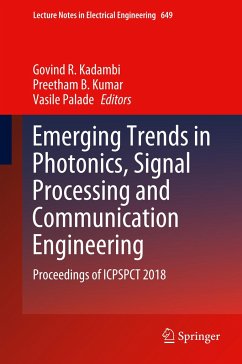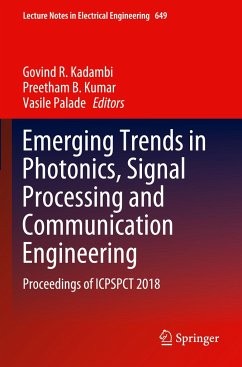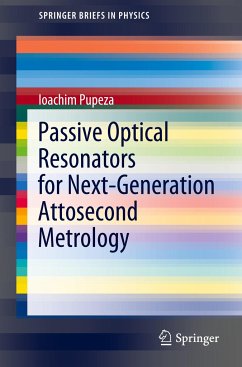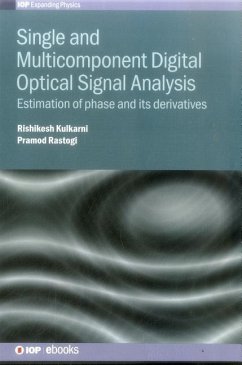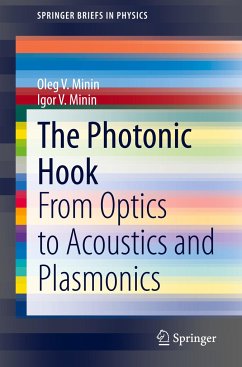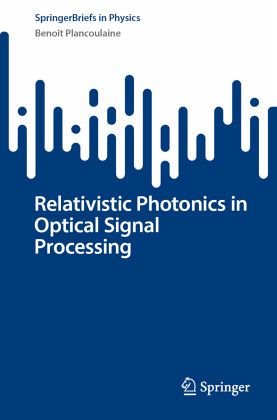
Relativistic Photonics in Optical Signal Processing
Versandkostenfrei!
Versandfertig in 6-10 Tagen
38,99 €
inkl. MwSt.

PAYBACK Punkte
19 °P sammeln!
This book explores a wide range of light phenomena observed both in nature and laboratory environments. It presents practical examples that can be applied to experimental setups, including matrix optics for building complex optical systems, wave optics using interferometers for high-precision measurements, and Jones-Stokes-Müller calculus for polarization analysis.This book also covers astronomical applications, such as telescope design aimed at minimizing optical aberrations, and the use of doublet and triplet lenses to correct spherochromatism. It introduces the transport equation in the co...
This book explores a wide range of light phenomena observed both in nature and laboratory environments. It presents practical examples that can be applied to experimental setups, including matrix optics for building complex optical systems, wave optics using interferometers for high-precision measurements, and Jones-Stokes-Müller calculus for polarization analysis.
This book also covers astronomical applications, such as telescope design aimed at minimizing optical aberrations, and the use of doublet and triplet lenses to correct spherochromatism. It introduces the transport equation in the context of paraxial optics, providing insights into the Fresnel transform, Gaussian beams, and Bessel beams. A section on Gabor optics examines novel microlens-based systems, while the discussion of relativistic photonics highlights the selection of coordinate systems suited to materials and boundaries.
Combining theoretical foundations with real-world applications, this bookis an essential resource for researchers, engineers, and students engaged in contemporary optical signal processing.
This book also covers astronomical applications, such as telescope design aimed at minimizing optical aberrations, and the use of doublet and triplet lenses to correct spherochromatism. It introduces the transport equation in the context of paraxial optics, providing insights into the Fresnel transform, Gaussian beams, and Bessel beams. A section on Gabor optics examines novel microlens-based systems, while the discussion of relativistic photonics highlights the selection of coordinate systems suited to materials and boundaries.
Combining theoretical foundations with real-world applications, this bookis an essential resource for researchers, engineers, and students engaged in contemporary optical signal processing.



